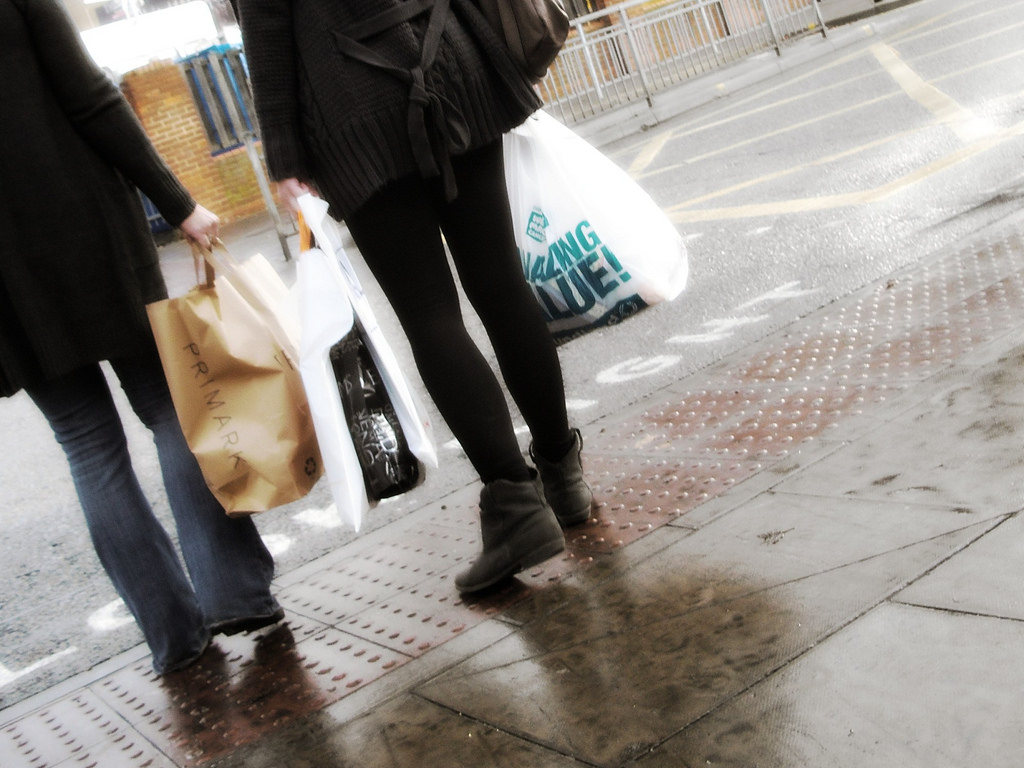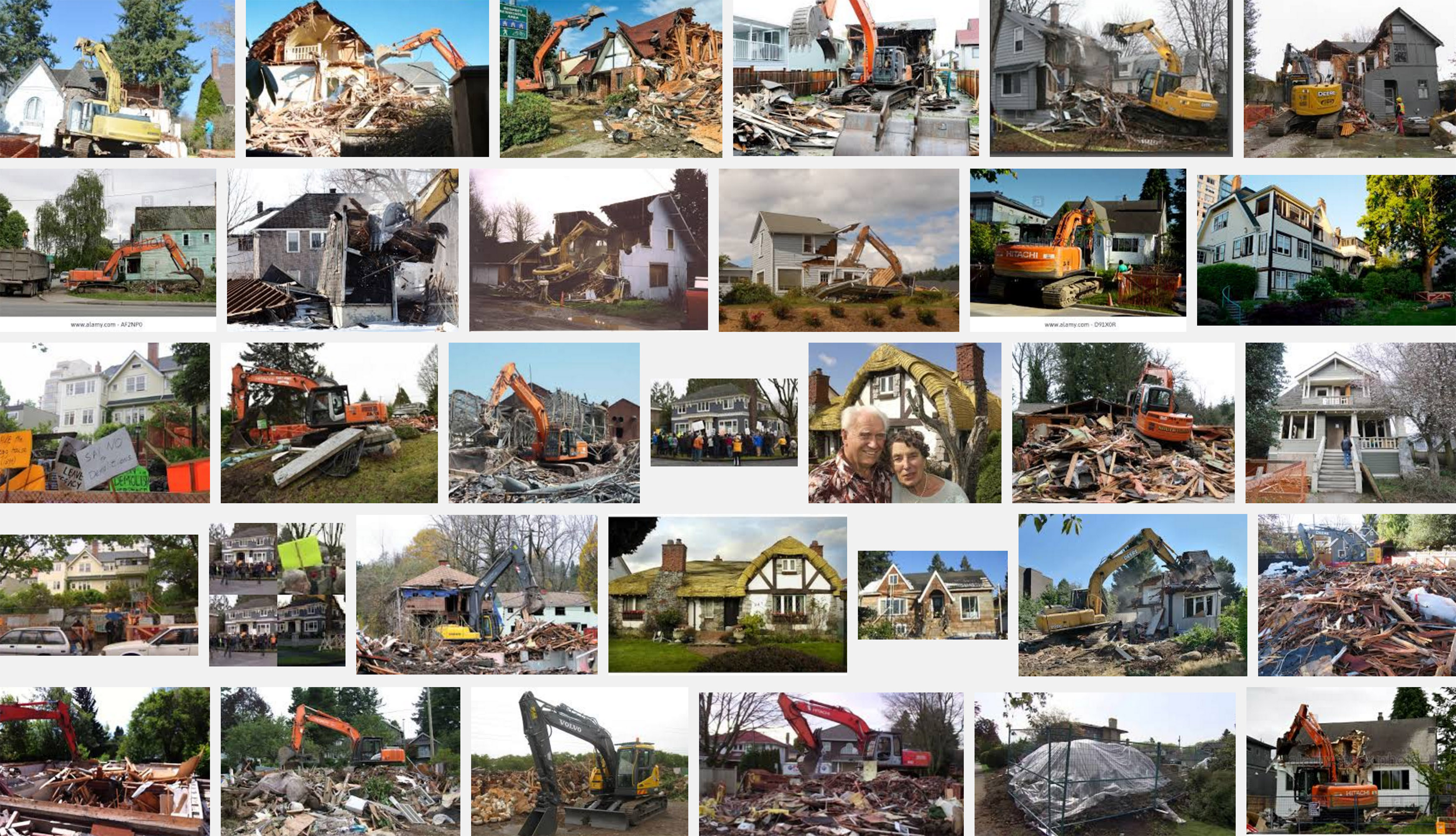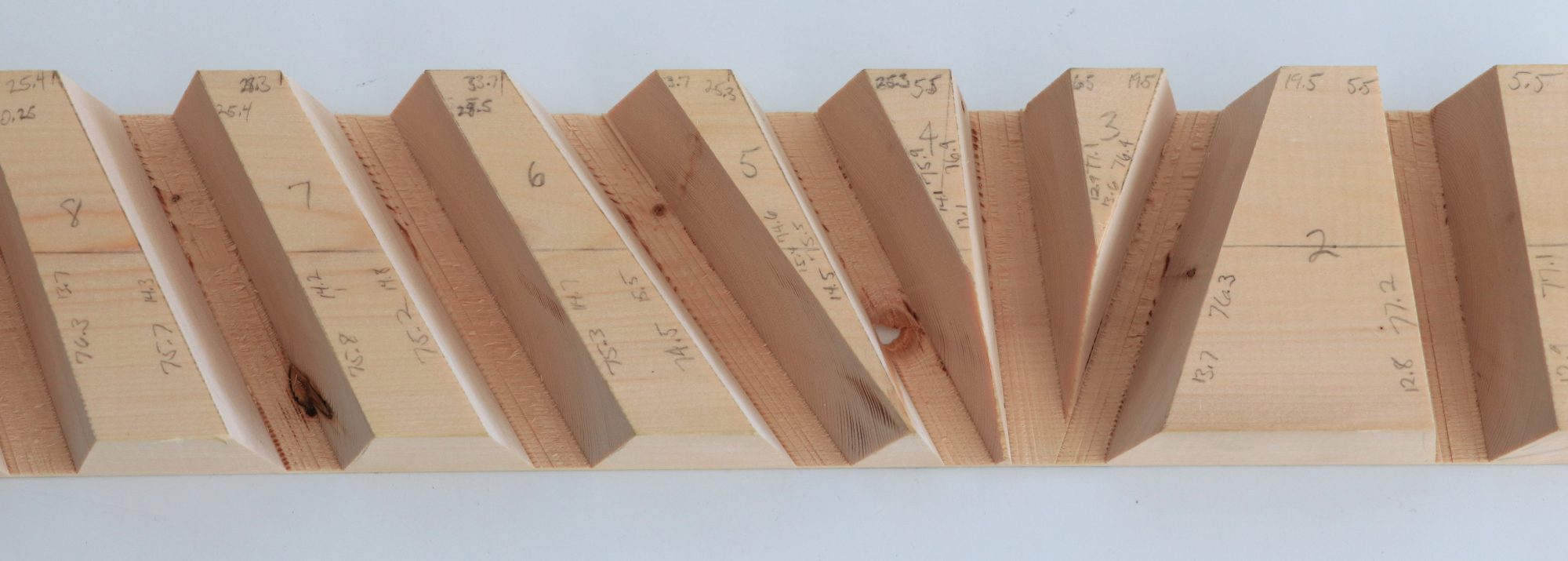In architecture, who (or what) has control over material production? Where are the points of control? What are the ethical implications of our current construction practices? What are the consequences of treating housing as a globally traded commodity? Is it possible to operate outside an established network of material consumption and monetization? Can we build with waste?
The very real effects of the global real estate market can be seen throughout cities like Vancouver, where soaring land values result in the destruction and disposal of nearly 1000 single-family homes annually (statistic based on demolition permits issued by the City of Vancouver over the last six years). Throughout North America, it is estimated that roughly 20% of materials that enter landfills come from construction and demolition waste. We contend that much of this material is still viable for light construction. The production of P.O.P. House is intended to prove that this is true.
P.O.P. (Paper or Plastic) Houses are a proposed series of projects that utilize second source materials (waste) to build full-scale prototypes, assemblies, and buildings that demonstrate the potential of this practice. The projects require collaborative material research, and the development of digital and analog tools and techniques that will allow designers to manipulate waste materials with refinement and efficiency. We intend to execute the making of each P.O.P. House in a manner similar to a design-build project. This means student, faculty, staff, and professional researchers will collaboratively design small construction projects to be executed on the UBC campus or in the field. The projects will focus specifically on the use of wood pulp, recycled plastic, salvaged wood and lumber, recovered metal, clay, concrete and other materials to build a small architectural projects and prototype. Our current focus is Zippered Wood and the two projects identified on this page were both generated to test that technology.
Our collaboration benefits from the generous support of EcoWaste, The Foundation for the Carolinas, and UBC SEEDS. Their contributions have been invaluable and are greatly appreciated.
projects
“Zippered Pavillion”
“Stick-formed Wall”

Fig 1: “Paper or Plastic” is a question heard everyday by consumers all over the globe. For HiLo, it is a reminder that consumerism generates an inexhaustible source of material waste useful for fabrication. “P.O.P.” refers to this resource, the speed and ease of construction we strive to achieve, and our goal to make digital tools ubiquitous.

Fig 2: Vancouver City Hall estimates that 40% of all buildings will be rebuilt by 2050. If true an estimated 3.56 billion tonnes of material will be required for new construction. This figure does not account for the amount of waste entering landfills thanks to the activities of the construction industry.

